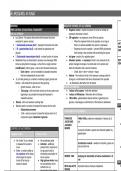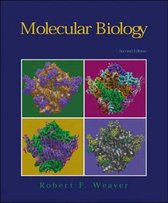Summary
Summary Chapter 7 Operon and Chapter 8: Major Shift in Transcription
- Course
- Institution
- Book
Chapter 7 Operon: Define an operon as a unit of gene expression consisting of a promoter, operator, and multiple structural genes. Explain the concept of operon regulation, including inducible and repressible operons. Discuss classic examples of operons such as the lac operon and the trp opero...
[Show more]




